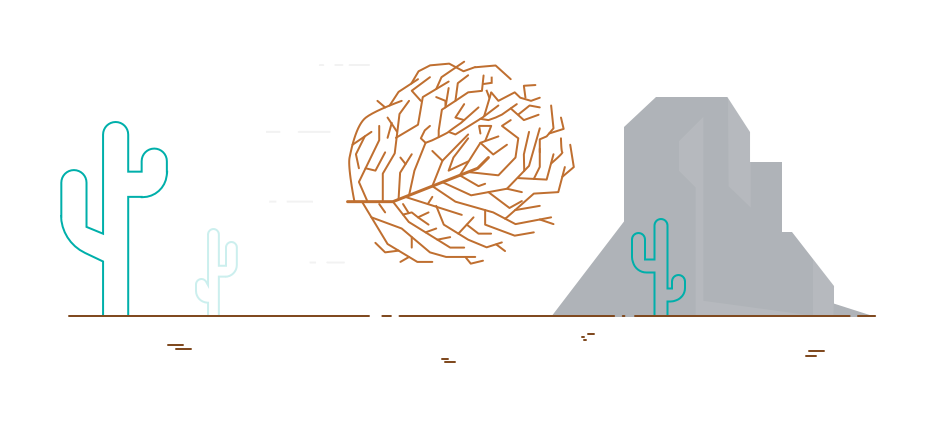alugha goes podcasts
Thanks to alugha, it is now possible to listen to podcasts, to enregister them as well as to trancribe and to multilingualise them
In Mexico, the Día de los Muertos is celebrated on 2 November, a festival for the dead where everything is cheerful. In Europe, many people do not associate death with cheerfulness. Nevertheless, death is personified in various cultures. We will see how in this article.

Read this article in: Deutsch, English
Estimated reading time:2minutesIn Catholic-Aztec syncretism in Mexico, it is assumed that the souls of the deceased visit the living on the night of All Saints' Day and that a happy reunion is then celebrated. Death is seen as part of life in that culture. What is it like elsewhere?
It should be said at the outset that this is only a selection that will be looked at.
In German-speaking countries, Death is usually depicted as a skeleton with a cape and a scythe, by means of which he can mow people down. This representation dates back to the Middle Ages. A precursor possibly comes from Greek mythology. A connection with death as a reaper is found in the Bible. Death is here best known under the names Sensenmann or Gevatter Tod.
In the Anglo-American-speaking world, this personified death is called the Grim Reaper and corresponds outwardly to the German Sensenmann. Due to the strong dominance of Anglo-American culture, many cultures (especially in Europe) have adopted this anthropomorphic image of death. However, there are many cultures that traditionally have their own image of death.
While the word death is a masculine noun in German, for example, it is feminine in the Romance languages. For this reason, in French one tends to imagine a woman with a scythe.
In Slavic mythology Marzanna (also called Morena, Marena or Mara). As a death figure, she is an old and ugly woman.
In Lithuania there is the death goddess Giltinė, who also appears as an old and unattractive woman.
Feminine death personifications are also found in Celtic mythology.
Rather beautiful personifications of death can be found in Mexico, for example, with colourfully decorated and beautifully dressed skeleton women. These are particularly common on Día de los Muertos. These ideas are of Aztec origin and over the years a syncretism developed between Catholic Christianity and pre-Hispanic culture.
Other, non-gender-specific death figures can be found worldwide in the form of spirits of the dead and angels of death.
It is interesting to see how the language influences the idea, for example whether death is a man or a woman.
How is that in your language and culture?
#alugha
#wespeakearthish
#multilingual
Sources:
https://de.wikipedia.org/wiki/Sensenmann (30.10.2022, 19:53)
https://de.wikipedia.org/wiki/Tag_der_Toten (01.11.2022, 08:58)
https://en.wikipedia.org/wiki/Death_(personification) (30.10.2022, 19:53)

Thanks to alugha, it is now possible to listen to podcasts, to enregister them as well as to trancribe and to multilingualise them
Podcasts enjoy great popularity. However, you still don't find transcripts for them that often. But why do you actually need a podcast transcript? And how do I create one?
The year 2023 has started and the alugha team wishes you a happy, healthy and successful new year. We also have a tip for you: start your year multilingually!